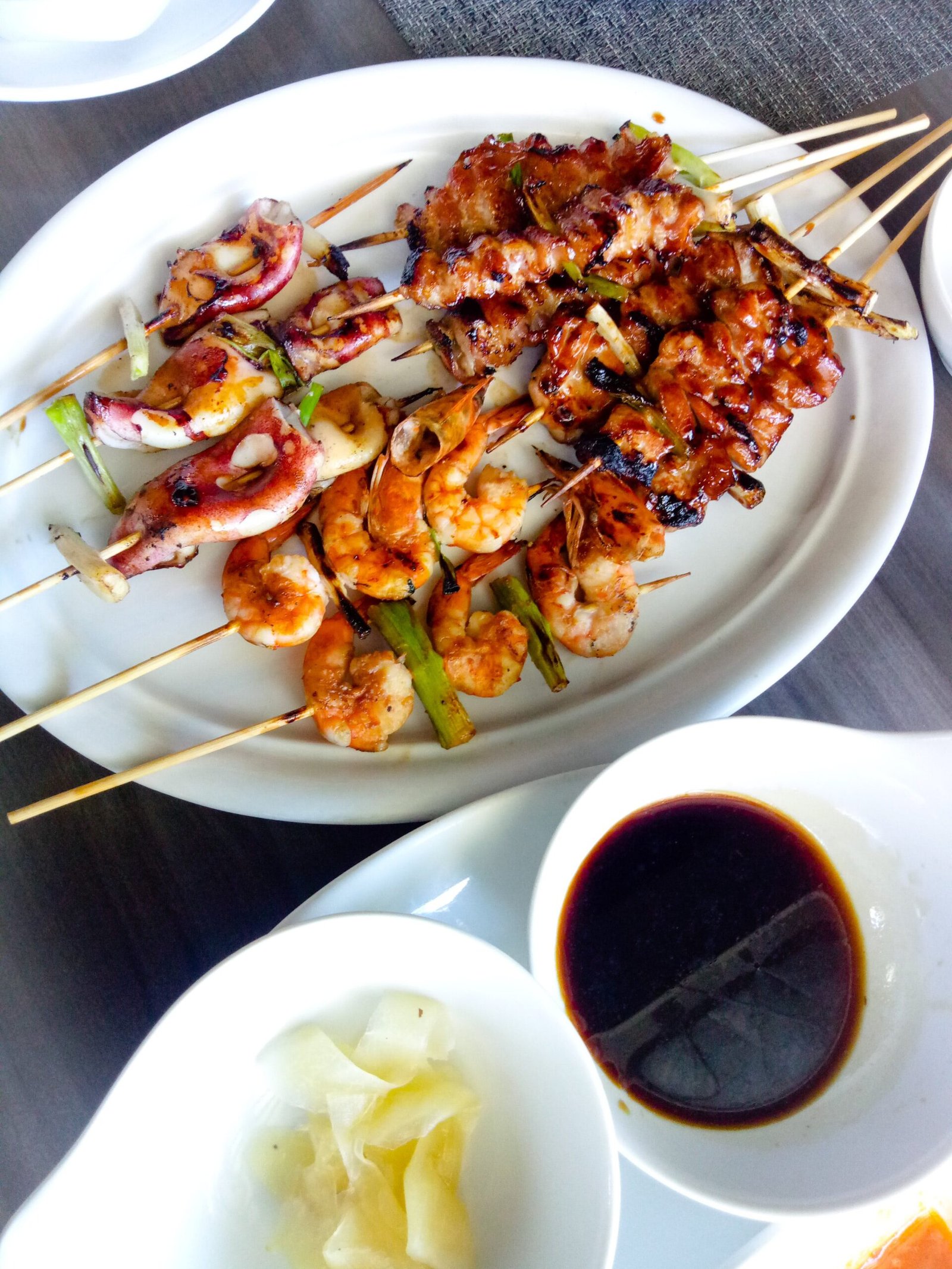
Have you ever wondered why chickens love to perch on roosts in their coop? Well, these elevated platforms serve a vital purpose for our feathered friends. Roosts not only provide chickens with a comfortable sleeping spot, but they also mimic their natural instinct to find a safe place to roost at night. Additionally, roosts help keep the coop clean and reduce the risk of respiratory infections. So, let’s dig a little deeper into the fascinating world of roosts and discover why they are an essential feature of every chicken coop.
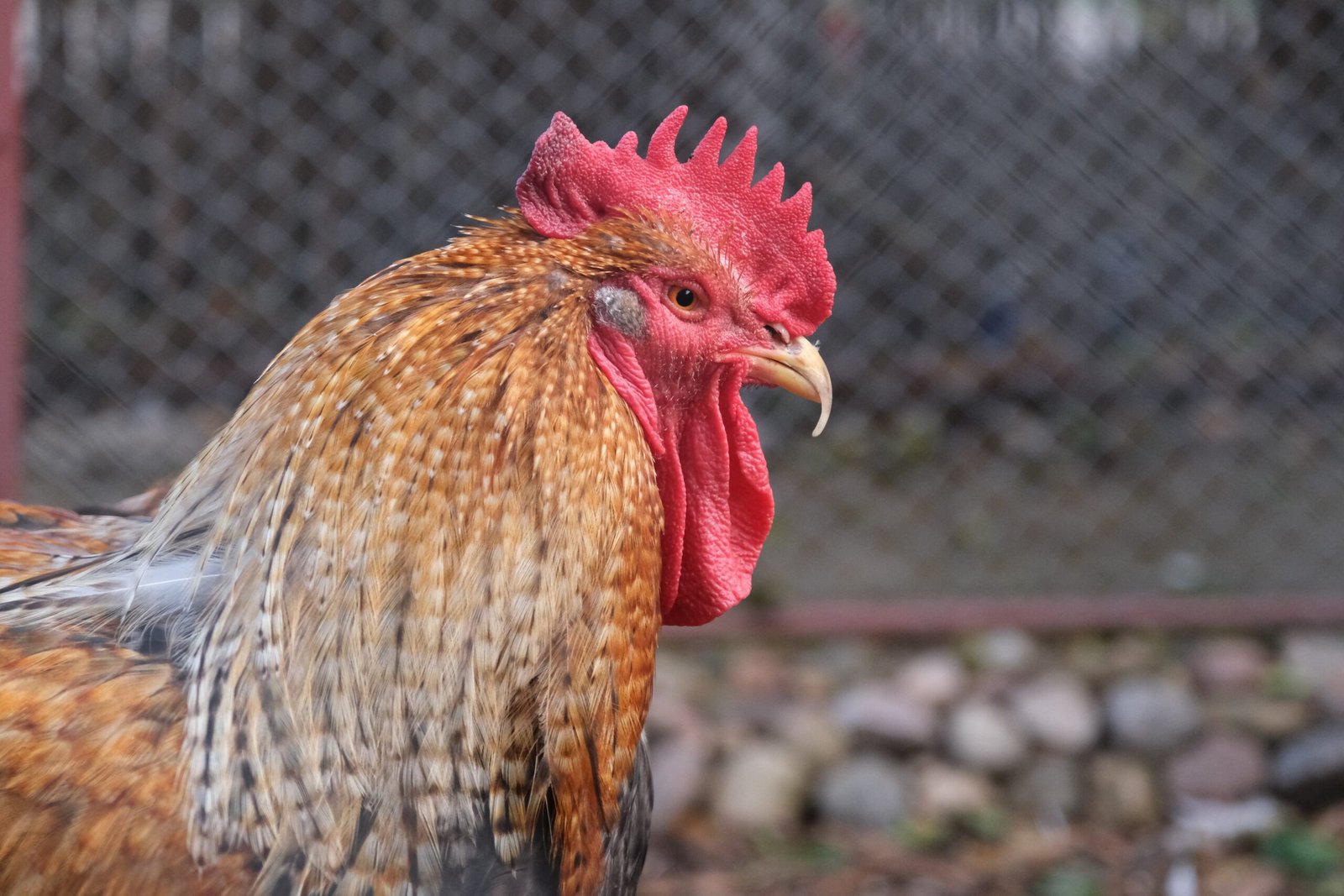
The Basics of Roosts
What is a roost?
A roost is a raised platform or perch where chickens sleep and rest. It is an essential feature of a chicken coop that provides a safe and comfortable space for chickens to settle down for the night.
Where are roosts located in the chicken coop?
Roosts are typically located towards the highest point of the chicken coop. They are positioned off the ground to mimic their natural instinct to perch on tree branches. Placing the roosts at a height allows chickens to feel safe and secure, away from potential predators that may roam around the coop.
Importance of Roosts for Chickens
Sleeping and Resting
Roosts play a crucial role in providing chickens with a designated area to sleep and rest. They allow chickens to elevate themselves off the ground, which can help reduce drafts and keep them warm during colder nights. Additionally, chickens naturally prefer perching and roosting, as it feels safer and more comfortable to them.
Protection from Predators
Having roosts in the chicken coop helps protect chickens from potential predators. By elevating themselves off the ground, chickens are less susceptible to attacks from ground-dwelling predators, such as rats or snakes. Roosting also allows chickens to have a better view of their surroundings, enabling them to detect any threats or dangers.
Maintaining Hygiene and Health
Roosts contribute to maintaining the overall hygiene and health of the flock. When chickens roost, their droppings are more likely to fall onto the coop floor rather than on their feathers, reducing the chances of them soiling themselves. This helps prevent the spread of bacteria and parasites, keeping the chickens cleaner and healthier.
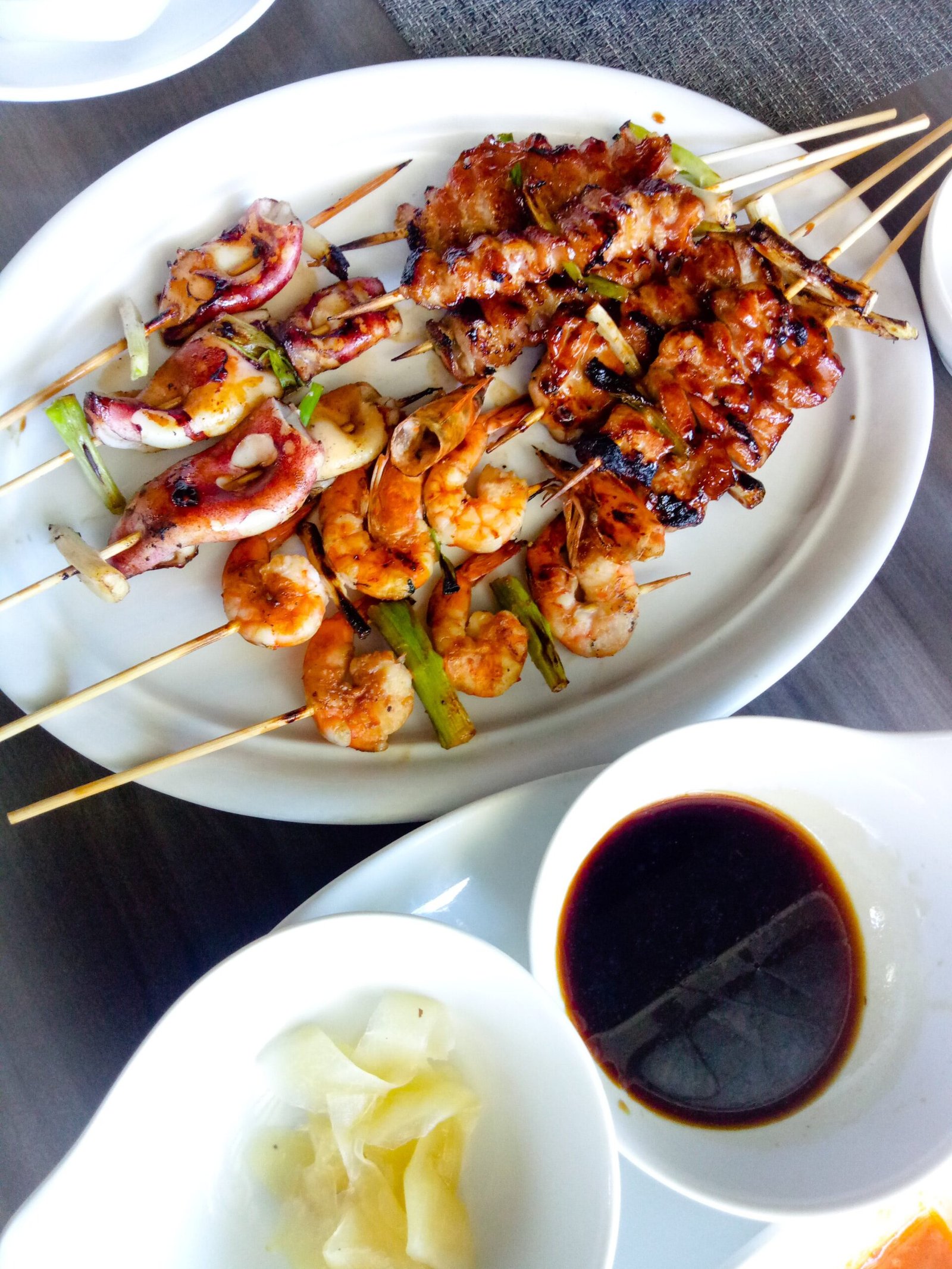
Considerations when Installing Roosts
Size and Dimensions
When installing roosts, it’s essential to consider the size and dimensions to accommodate the number of chickens in the flock. Each chicken should have around 6-10 inches of roosting space to comfortably perch. This allows them enough room to spread their wings while sleeping without overcrowding.
Spacing and Design
The spacing between roosts is also vital to ensure that chickens have enough room to move around. Ideally, there should be at least 10-12 inches of space between each roost to prevent chickens from feeling cramped. Additionally, when designing the layout, make sure to avoid placing roosts directly above nesting boxes or food and water sources to prevent contamination.
Material and Texture
Choosing the right material for roosts is crucial for the comfort and safety of the chickens. Natural wooden branches are an excellent option as they mimic the feel of tree branches and provide a more natural roosting experience. The diameter of the roosts should be wide enough for chickens to have a secure grip, typically around 2-3 inches. Avoid using metal or plastic roosts as they can become slippery and uncomfortable for the chickens.
Different Types of Roosts
Natural Branches
Using natural branches as roosts is a popular choice among chicken owners. They provide a more authentic and comfortable roosting experience for the chickens. They offer irregular surfaces, which help maintain good foot health and prevent sores or bumblefoot. It is crucial to choose sturdy branches that can support the weight of the chickens without sagging or breaking.
Ladder Roosts
Ladder roosts are a series of horizontal bars or platforms that resemble a ladder. They can be made from wood or metal and are ideal for coops with limited space. Ladder roosts allow chickens to perch at different heights, providing them with options to choose a spot that suits their preference. However, ensure that the ladder roosts are properly secured to prevent wobbling or collapsing.
Perching Bars
Perching bars are simple and straightforward roosting options. They can be made from wood or metal rods and are typically installed parallel to each other at an equal distance. Perching bars are easy to clean and provide chickens with a flat and stable roosting surface. Make sure to round off the edges of the bars to prevent any injuries to the chickens’ feet.
Nesting Box Roosts
Nesting box roosts serve a dual purpose by providing chickens a place to rest and also allowing them to access nesting boxes conveniently. These roosts are typically situated directly above the nesting boxes, allowing easy access for laying eggs. Nesting box roosts should be wide enough to provide comfort but not too wide that chickens are tempted to sleep in the nesting boxes.
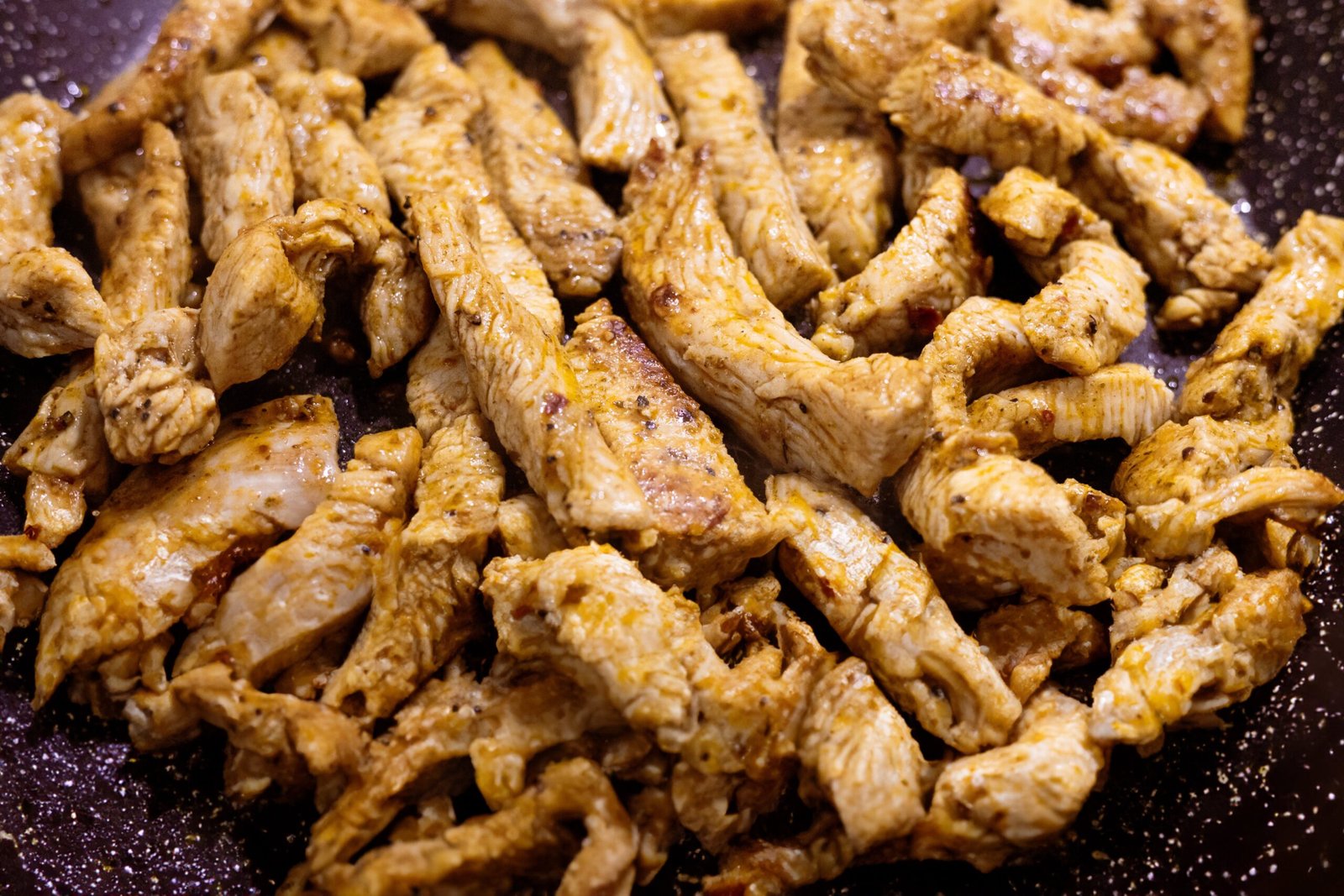
Tips for Maintaining Roosts
Cleaning and Sanitizing
Regular cleaning and sanitizing of roosts are essential to maintain the overall hygiene of the chicken coop. Remove any droppings or debris from the roosts weekly and replace any soiled bedding material. Use a mild disinfectant to sanitize the roosts periodically to prevent the spread of bacteria or parasites.
Trimming Wing Feathers
To prevent chickens from flying or perching on undesired areas, it’s necessary to trim their wing feathers. Trimming the primary flight feathers on one wing can help prevent chickens from reaching higher platforms or escaping from the coop. This ensures that they use the designated roosting areas and minimize the chances of accidents or injuries.
Preventing Frostbite
During colder seasons, it’s essential to protect chickens from frostbite, especially when roosting. Avoid placing roosts directly against cold walls, as this can result in the chickens’ exposed feathers freezing to the surface. Adequate insulation, such as straw bales or insulation boards, can provide extra protection against cold drafts and prevent frostbite on their feet and combs.
Common Mistakes with Roosts
Insufficient Space
A common mistake when installing roosts is providing insufficient space for the number of chickens in the coop. Overcrowded roosts can lead to discomfort, aggression, and even potential injuries among the flock. Ensure that each chicken has enough roosting space to perch comfortably.
Incorrect Positioning
Improper roost positioning can result in various issues. Placing roosts too close to nesting boxes can lead to chickens sleeping in them, causing contamination. Similarly, positioning roosts too low or too high can make it difficult for chickens to access them comfortably. Aim to position the roosts at a height that is easily reachable for chickens without hindrances.
Lack of Comfort
Roosts that are uncomfortable or too narrow can negatively impact the chickens’ well-being. Avoid using roosts with sharp edges or slippery surfaces that can cause injuries or discomfort to their feet. Additionally, ensure that the roosts provide enough width for chickens to fully spread their wings while sleeping.
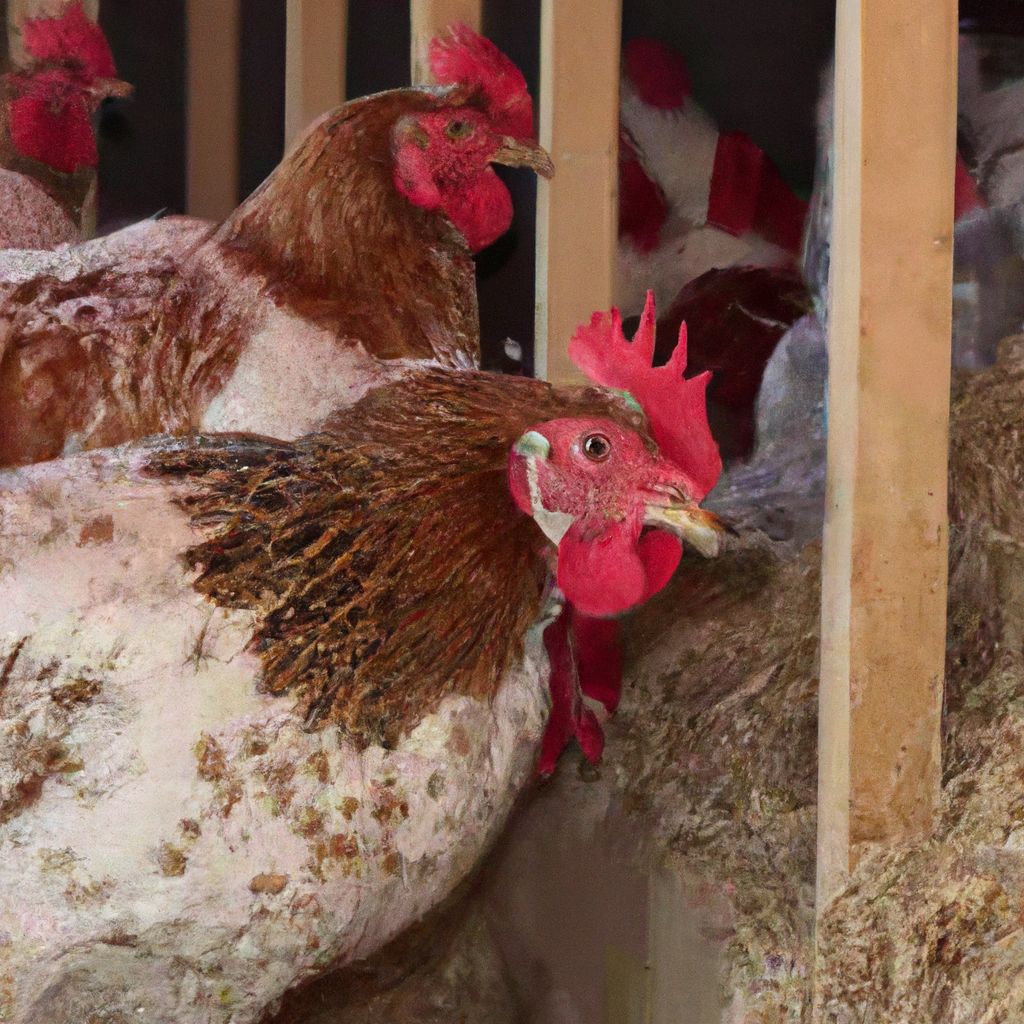
Training Chickens to Use Roosts
Encouragement and Rewards
When introducing chickens to new roosts, it’s essential to encourage and reward them for using the designated area. You can guide them to the roosts by gently placing them onto the perch during the evening. Reward them with treats or praise when they successfully perch on the roost. Consistency and positive reinforcement will help train them to use the roosts consistently.
Placement and Accessibility
To facilitate easy roosting behavior, ensure that the roosts are easily accessible to the chickens. They should be placed at a height that chickens can reach without difficulty, especially for younger or smaller breeds. Creating a clear pathway to the roosts, away from any potential obstacles, will encourage chickens to use them willingly.
DIY Roost Ideas
Recycled Materials
Creating roosts from recycled materials not only benefits the environment but also adds a unique touch to the chicken coop. Old wooden ladders, tree branches, or even wooden pallets can be repurposed into sturdy and attractive roosts. Ensure that any recycled materials used are clean, safe, and free from any chemicals or toxins.
Creative Designs
Get creative and design unique roosts that add character to the chicken coop. Incorporate different levels, shapes, and textures to create an engaging environment for the chickens. For example, you can utilize old furniture, such as chairs or side tables, and modify them into roosting platforms. Just ensure that the materials used are safe and comfortable for the chickens.
Conclusion
Roosts are an essential feature of a chicken coop, providing a safe and comfortable space for chickens to sleep, rest, and maintain their hygiene. By understanding the importance of roosts, considering the right size, design, and materials, and implementing proper training and maintenance techniques, you can create an ideal roosting environment for your flock. So go ahead and give your chickens a cozy perch to call their own!







